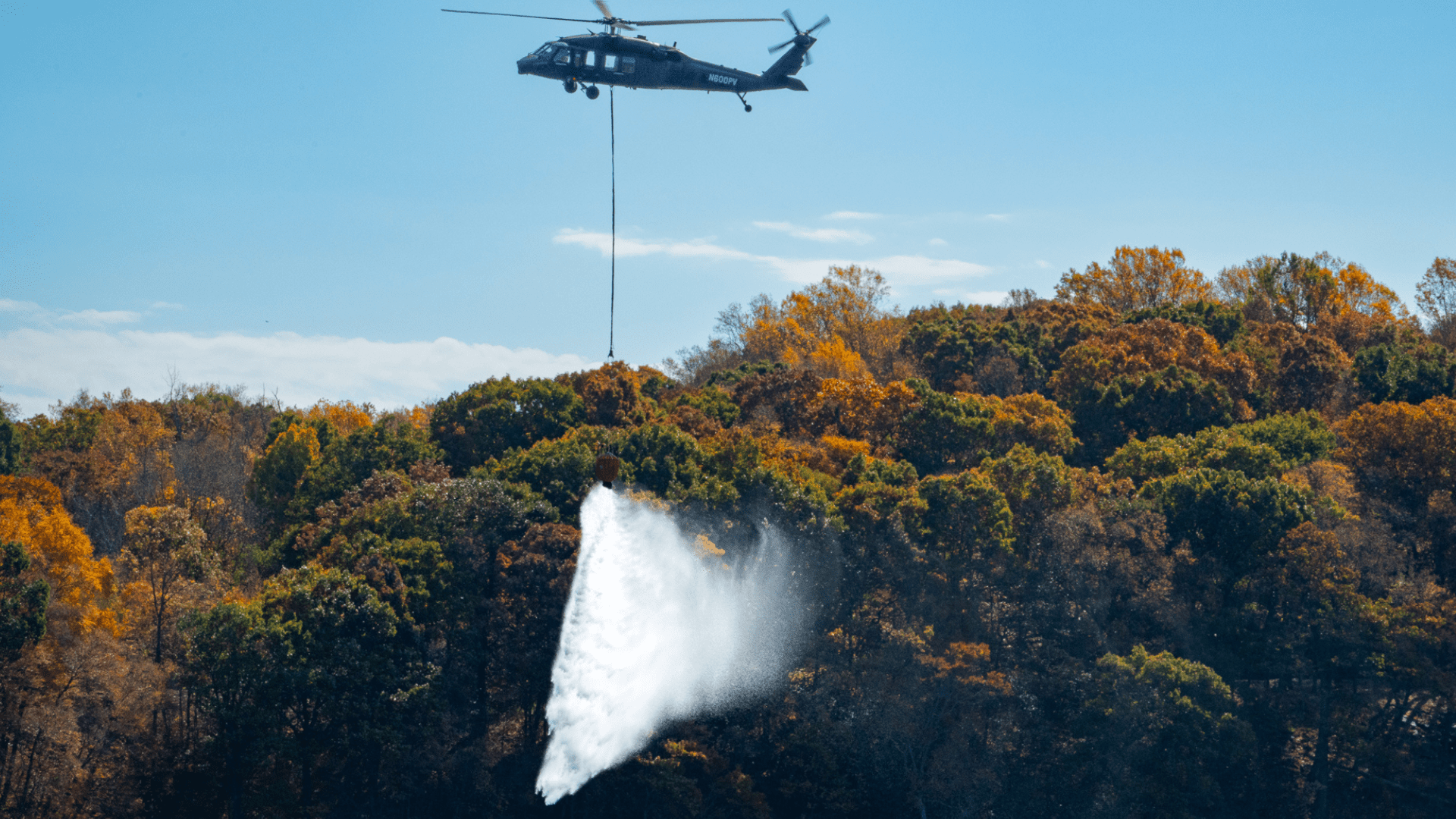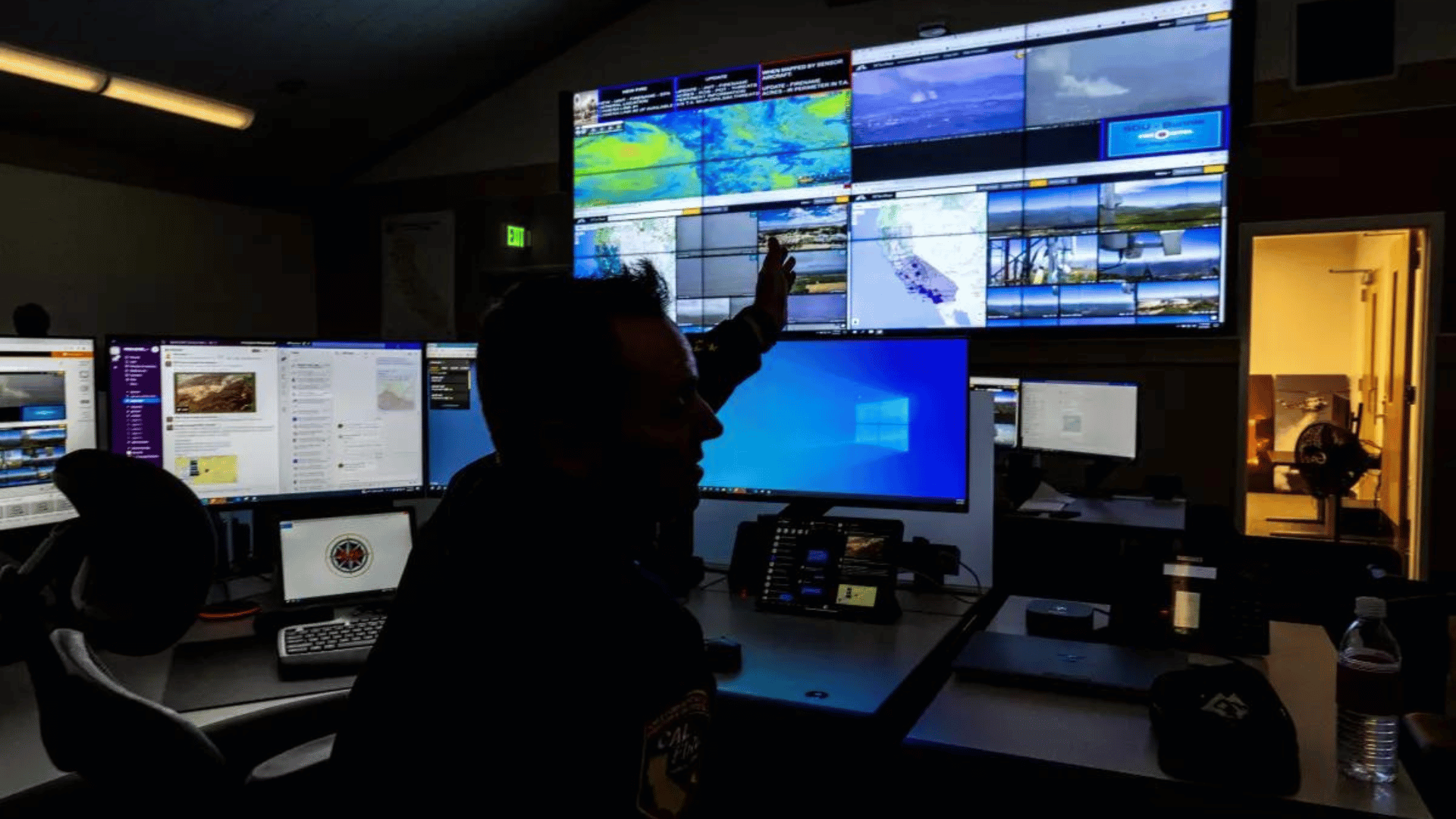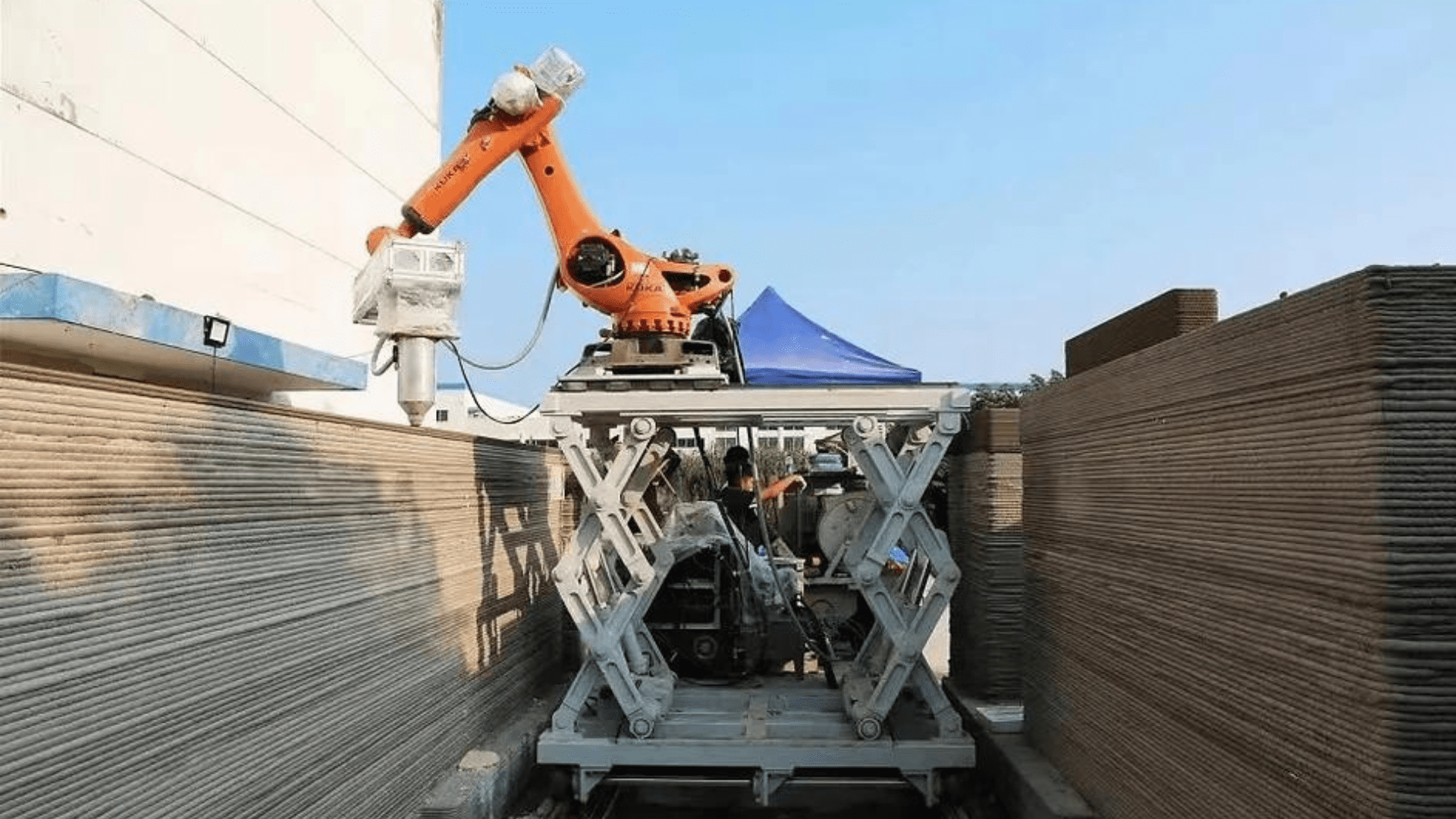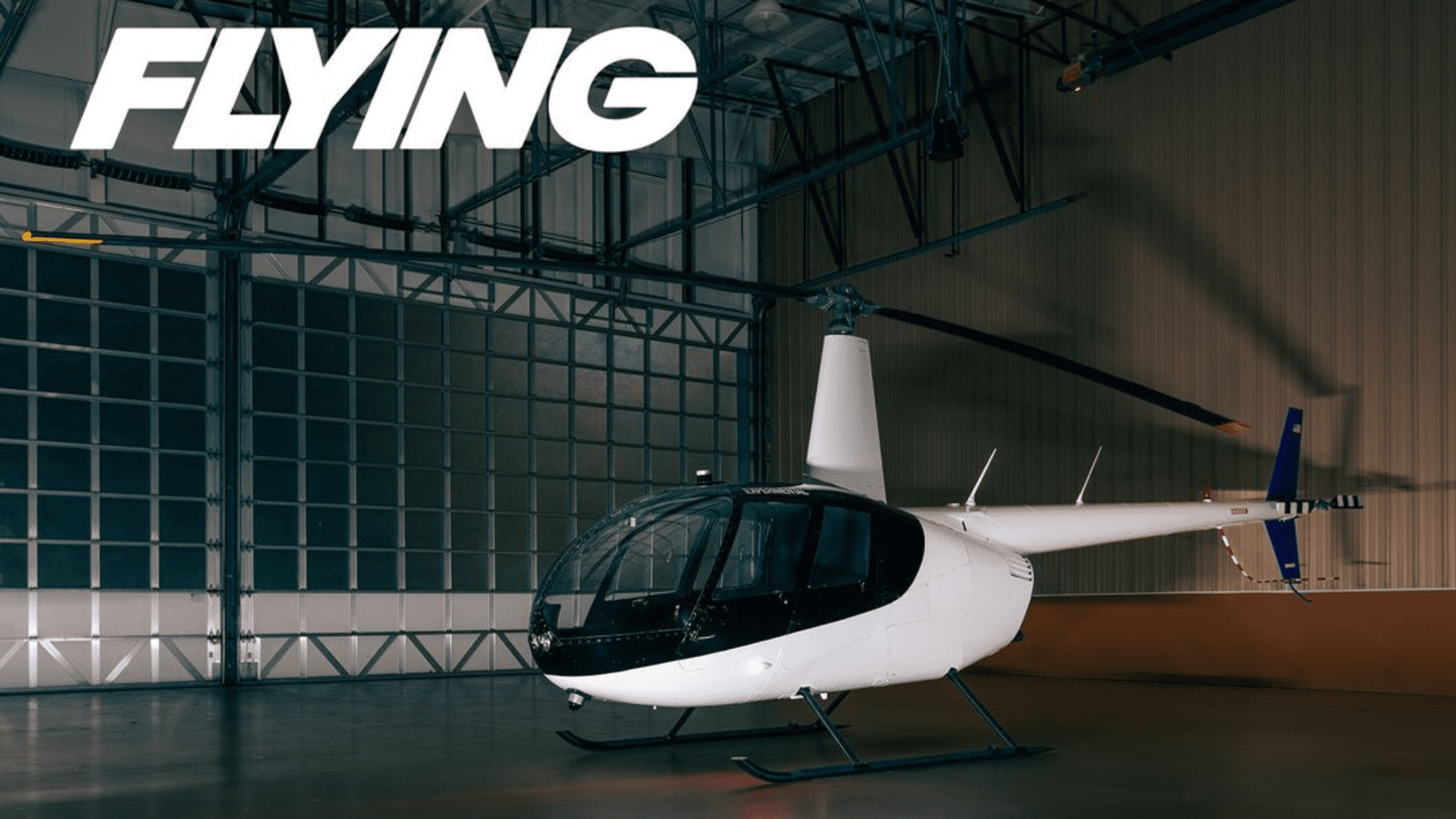Sikorsky, a Lockheed Martin company, and Rain, a leader in autonomous aerial wildfire containment technology, successfully demonstrated an autonomous helicopter that accurately drops water on a wildfire. The Black Hawk chopper can take off on command, identify the location and size of a small fire, and accurately hit it with water to suppress it. At first glance, it could be a crucial piece of technology for wildfire prevention.
Representatives from NASA, the Federal Emergency Management Agency (FEMA), the Defense Advanced Research Projects Agency (DARPA), the Los Angeles County Fire Department, and the Orange County Fire Authority all discussed autonomy.
“Government agencies, aerial firefighting operators, and investors are coming together to learn and see how both flight and mission autonomy can help prevent high-intensity million-acre wildfires, said Maxwell Brodie, Rain CEO. “Wildfires cost the United States over $390 billion annually, and multiple risk factors are set to grow up to 30% by 2030.”

Autonomous Helicopter
During the demonstration in October, guests controlled the autonomous Black Hawk with a tablet. The tablet commands the helicopter to take off, search for a fire, and suppress it with water. Using a Bambi Bucket, the chopper drops water 60 feet below the aircraft. While the guests didn’t put out major wildfires, some flames were still extinguished. Three 12-inch diameter flames were successfully put out by the helicopter. Each flame was about 3-6 inches high. However, the tests showed the precision of the autonomous chopper.
Sikorsky safety pilots in the Black Hawk cockpit monitored the flight controls but were hands-off until the aircraft landed.
“With Rain’s wildfire mission software loaded onto the aircraft and a tablet, wildland firefighters in the field could deploy autonomous Black Hawk or Firehawk® helicopters to search and attack wildfires before they spread out of control,” said Igor Cherepinsky, director of Sikorsky Innovations’ rapid development/prototyping group. “Having worked closely together for over a year, our two companies are ready to demonstrate the joint capability in more dynamic conditions chosen by firefighters.”
Rain says the helicopter has fire cameras, smoke sensors, lightning detectors, and satellites. Thousands of early detection cameras are set up across California and the West, showing that wildfires are growing. California also uses artificial intelligence to help battle wildfires. When the cameras detect a potential wildfire, they relay that information to Rain, who deploys the autonomous helicopter.
Brodie said, “We look forward to demonstrating to lawmakers how autonomous aircraft can stop fires from breaking out, or continue the fight into the night, and in turbulent and smoky conditions, where crewed aircraft wouldn’t venture.”







